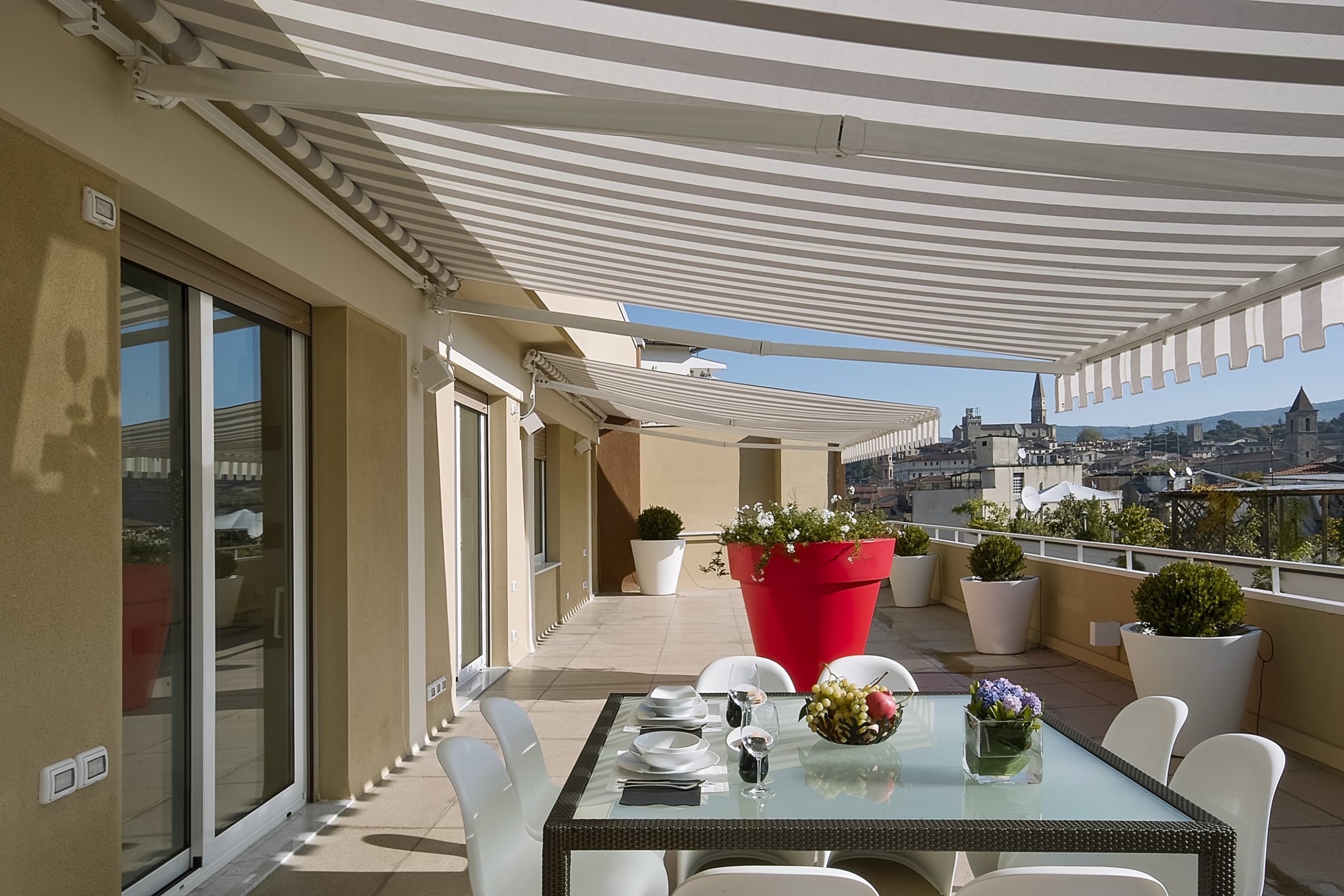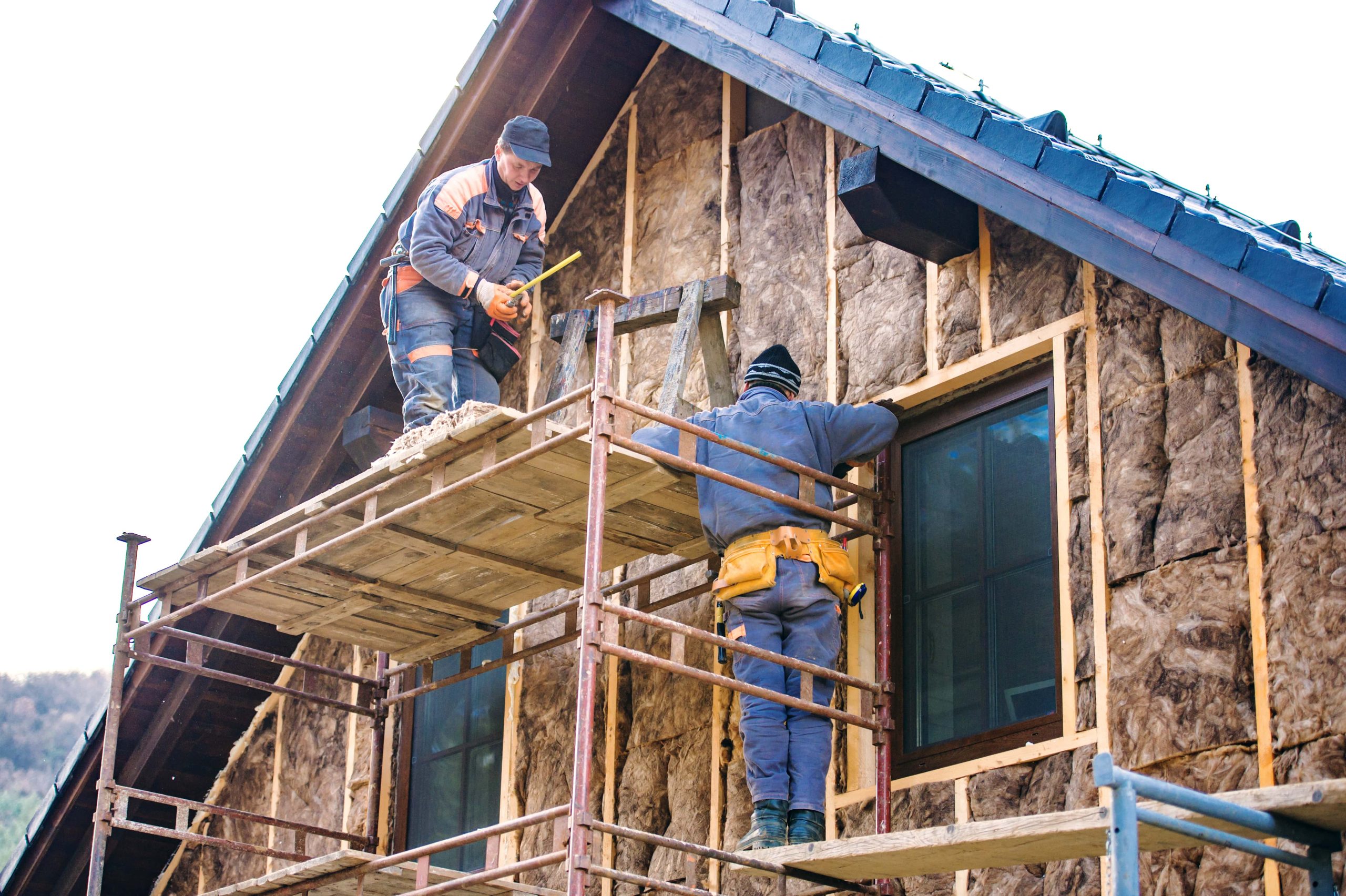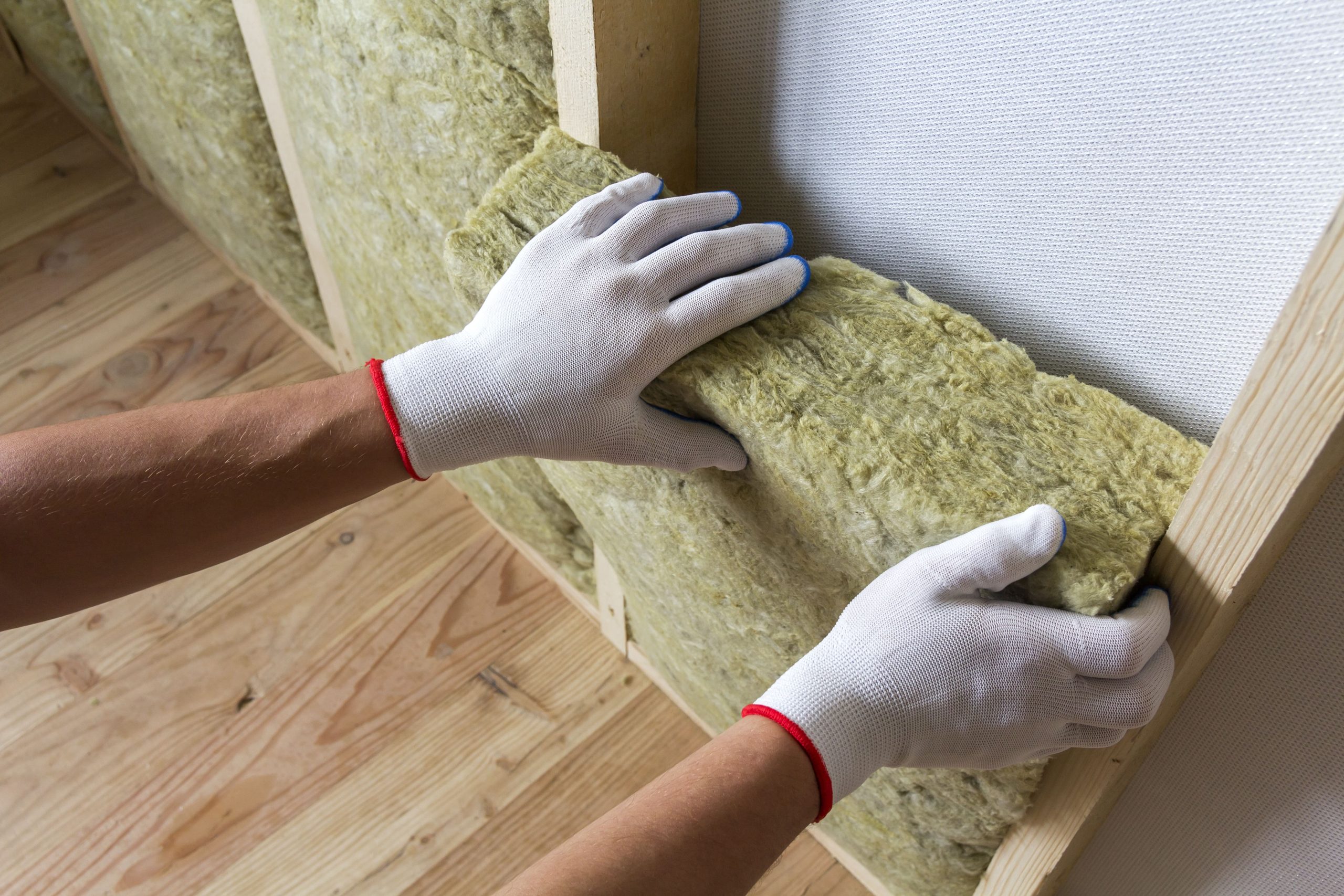Slab formwork systems are an essential component used in construction projects for concrete pouring. These systems are mold structures that enable concrete to be formed in the desired shape and size. When we understand the basic components and operation of slab formwork systems, we can better comprehend how these systems are used in construction projects. These systems enhance efficiency in the construction industry while also aiding in the creation of safe and durable reinforced concrete structures.
What is Slab Formwork?
Slab formwork, a special formwork system used in construction projects for pouring reinforced concrete floors. This system enables the creation of a base with the desired shape, size, and surface smoothness for concrete. It is generally composed of wooden, steel, or plastic panels, and concrete is molded by pouring it onto these panels. Slab formwork is used in the construction industry to carry out floor pouring processes more efficiently and with greater precision.
What are the Types of Slab Formwork?
-
Conventional Slab Formwork
Conventional slab formwork is a commonly used method in the construction industry and can be encountered in various projects. This type of formwork system can be easily assembled and utilised by construction workers. Typically, it involves wooden formwork panels, steel support elements, and other equipment necessary for placing concrete.
Conventional slab formwork is crucial for achieving the desired levelness and durability during the pouring of reinforced concrete floors. This system ensures that concrete is placed and compacted properly, allowing the creation of safe and sturdy floors in construction projects.”
-
Modular Slab Formwork
Modular Slab Formwork is a special formwork system used for pouring reinforced concrete floors in construction projects. This system is characterised by its “modular” nature, meaning it can be customised by assembling different components. Modular Slab Formwork is often quicker to assemble and can be adjusted, providing flexibility in construction projects.
This type of formwork system typically uses aluminium or steel frames and specialised panels. Thanks to its modular design, it can be adapted for different floor shapes and sizes. Moreover, it allows for easier removal of formwork panels during the concrete pouring process, thereby expediting the labour process.
Modular Slab Formwork enables construction projects to proceed more quickly and efficiently. This system offers a solution for construction engineers and workers to pour concrete floors rapidly and achieve the desired quality, which can reduce project timelines and costs.
How is Slab Formwork Done?
- The first step is to prepare the ground properly. The ground is cleaned, necessary adjustments are made, and, if needed, subflooring is installed. Additionally, the points where formwork panels will be placed are marked.
- Formwork panels are mounted on the prepared ground. These panels give the desired shape and size to the area where concrete will be poured. Formwork panels are usually made of wood, steel, or plastic, and it is essential to place them accurately.
- It is necessary to secure and support the formwork panels. For this purpose, holding and support elements are used. These elements ensure that the panels remain in the desired position.
- Before pouring concrete, insulation materials, if needed, are placed. Subsequently, steel reinforcement is installed to enhance the durability of the concrete.
- When the formwork panels and reinforcement are ready, the concrete pouring process begins. Concrete is poured into or onto the panels and is spread evenly. At this stage, it is crucial to compact the concrete and create a smooth surface.
- After the concrete pouring process, a specific time is allowed for the concrete to fully dry. During this period, the concrete reaches the desired level of strength.
- Once the concrete is completely dry, the formwork panels are removed. This reveals the newly created concrete floor.
What Materials are Used in Slab Formwork?
The materials used in slab formwork systems generally include wood, steel, aluminium, and plastic panels, support elements, reinforcements, and materials like concrete. Wood and steel panels are commonly used to facilitate concrete pouring. These materials are durable and adaptable to different projects. Support elements are used to secure the panels and provide support to the structure. Reinforcements are utilised to enhance the durability of the concrete.
Zeta’s Formwork for Slab Developments!
- Modular and adaptable design for various slab sizes and shapes.
- Premium quality materials, ensuring durability and reliability.
- Quick and hassle-free installation, saving you valuable time.
- Expert engineering for superior concrete finishing.
Transform your construction experience with Zeta’s Formwork for Slab Developments. Contact us today to learn how we can elevate your projects to new heights!




